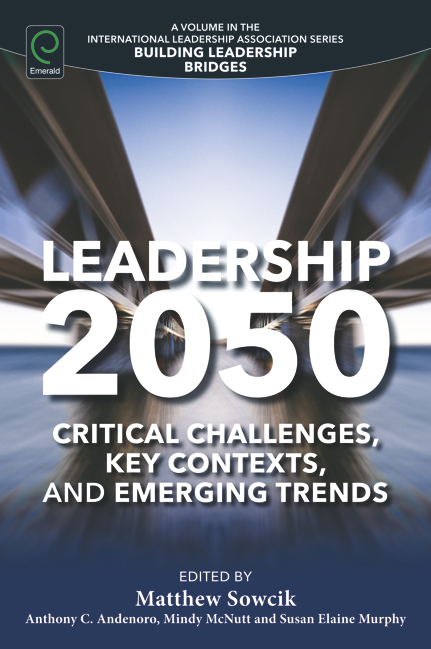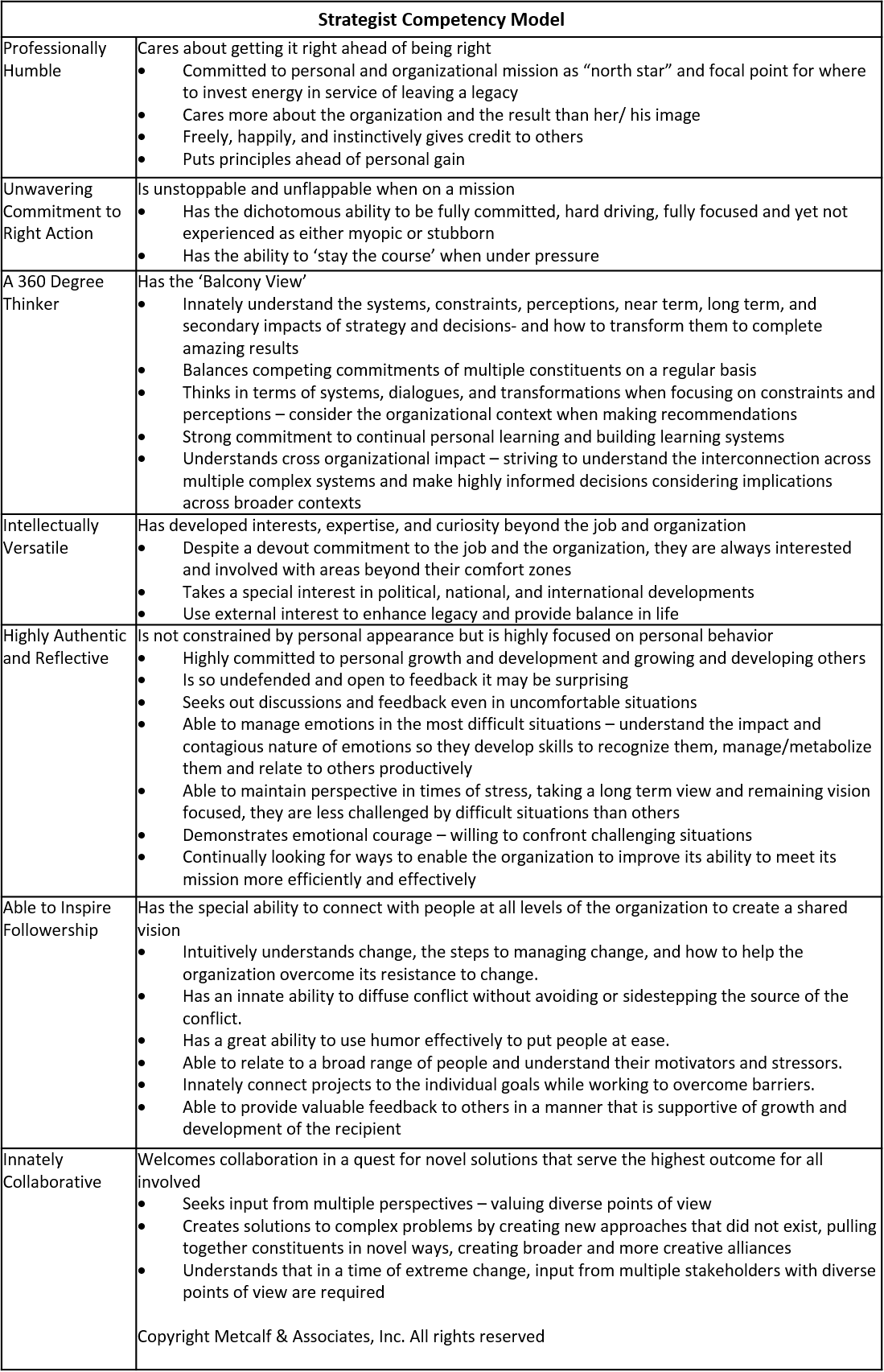Better Leadership, Positive Peace and More Positive Cultures
Mike Hardy, Board Chair of the International Leadership Association and Professor at Coventry University, Centre for Trust, Peace, and Social Relations, provided this blog as a companion to his podcast Better Leadership to Promote the Positives in Peace and Culture.
Of all the consequences of effective and ethical leadership, a positive impact on peace and peacefulness for us all is the one that matters to me most. The quest for better leadership is a continuing one, and the needs and urgencies for positive impact grow with intensity each year.
As Board Chair of the International Leadership Association I have watched, this year, with humility and astonishment how teams of scholars, business leaders, practitioners and (some) policy makers have strained sinews to elaborate and articulate how those with influence can use it better, and how those with reach can reach more and further.
At the close of the ILA’s Ottawa Global Conference in 2019 I observed how this quest for improvement must be a movement and not a moment. This continuing work needs to be distracted by moments but never stopped by events. We could not have foreseen the unprecedented events of 2020, the challenges for communities and policy-makers alike. But we must remain true to our commitment that better leadership can push us all towards a better world. And we must not be too worried about precise and constraining definitions; better leadership must not just be about doing the right things…but it must also embrace doing things in the right way –a commitment to ethics as well as effectiveness. In the same way a better world must include conditions more likely to deliver both a positive peace and more positive cultures.
A positive peace is far more than the mere absence of violence and conflict. It is a way of being, a set of attitudes, institutions and structures that create and sustain peacefulness in and between communities and societies. Like bad leadership it is often much easier to point out the negatives, the absence of peace. Similarly, positive culture is more than a description of characteristics and identities. It is a set of values, behaviours and attributes that enable and promote human flourishing, reinforce collaborative compassion and peaceful co-existence. We are still struggling to secure both. Both are critical factors for human flourishing –with peace and in peaceful times we can begin to address many of the sources of human insecurity- but often we remain more aware of its absence than its existence. And a positive culture is also elusive –a culture that promotes civic awareness, and participation, social equity and the well-being of a community, hence peacefulness for families and neighbourhoods, can often be more difficult to observe than a malevolent culture that strengthens some groups to initiate and perpetuate exclusion and at times violent conflict.
The COVID-19 pandemic has laid bare our vulnerabilities, divisions, falsehoods and brutal inequalities. Since this global human crisis took its toll on all of us – the forces of division and hate too have been placing the lives of vulnerable communities including religious and ethnic minorities, migrants, women, children and youth, in peril. Even old people and those with disabilities have not been spared. It is especially disheartening to witness a surge in hate speech, xenophobia, racism and many forms of discrimination. These deep fissures in the fabric of our societies weakens our resolve for peace and question what it is about our culture that creates so much room for insecurity.
So, our agenda for better leadership is more vital than ever as a part of a change agenda that promotes the positives in both peace and culture. I have been drawn to a powerful thought from this moment for our movement; a thought captured in a big question: When this is all over –how do we want the world to be different?
As we battle the COVID-19 pandemic, and the many associated challenges of rising job-losses, deepening economic inequalities, the alarming increase in hate crimes across the world, we need to look beyond the moment and look to how culture and its development can help create a better world of tomorrow. We need to face up to the real and gloomy conclusion that the distrust and fractured relationships in our neighbourhoods that feel so current in our culture have a common core: a real and hostile divide between people who are regarded as different; a dehumanisation of the “other”. We seem to have a culture that looks to hold someone else responsible for the moment in which we find ourselves. Despite the crises that we face, we are nowhere near being able to answer this question about how we want the world to be. We know where we do not want to go and be: our social capital –relationships and networks in our communities that encourage calm and harmony, must help rebuild the confidence that the generations that follow will have more not fewer opportunities. And we must restore the beliefs that we once had by default that our created health, education and even financial systems, cherished institutions and welfare state are more than illusions. We must actively banish the dark forces than breed exclusion and divide.
Positive peace and positive cultures matter: a more equal, inclusive culture supports a safer, kinder and more prosperous society. Specific policies to meet the urgent needs of less advantaged groups can deliver a fairer world and lay the foundations for economic recovery and build resilience to future crises.
This is a moment when the convergence of energies towards better leadership and those towards positive peace can create provoke some positive change for the lives of people worldwide. This is not a small agenda -and it is quite a backdrop for our work in growing knowledge and understanding of leadership for a better world. A future world with positive peace and positive culture will help us to re-emphasise our belief in the importance of hope, and it will be through hope we can see evidence of a better future. But even hope will not bring the different world we wish for… that needs direct actions and a new direction and these require more effective and strongly ethical leadership.
Better leadership has two important roles to play: it must help us all to make sense of the turbulences and uncertainties, help shine a clarifying light on our challenges, and it must help us manage the changes that we need and that are taking place.
No small job then! And a compelling reason to make sure that you attend the ILA’s 2020 Global Conference –“Leading at the Edge”
Leading at the Edge
22nd Annual Global Conference
5-8 November 2020 | A Live Online Virtual Event
http://www.ila-net.org/2020Global
About the Author
Professor Mike Hardy is the Founding Director of the Centre for Trust, Peace and Social Relations at Coventry University, in the UK. After a distinguished career, he returned to the academic world in 2011 as Professor of Intercultural Relations at Coventry University. Mike is active with UNESCO and the UN Alliance of Civilizations; he is currently lead advisor to the World Forum for Intercultural Dialogue in Baku, the World Peace Forum in Indonesia and directs the RISING Global Peace Forum at Coventry. Professor Hardy has been twice honoured, awarded the Order of the British Empire in 2001 for his peace-building work in the Middle East, and appointed a Companion of Honour of St Michael and St George in the Queen’s Birthday Honours, in June 2010, for his work internationally in Intercultural Dialogue. Mike is a trustee of The Faith and Belief Forum the leading interfaith charity in the UK and Board Chair of the US-based International Leadership Association.

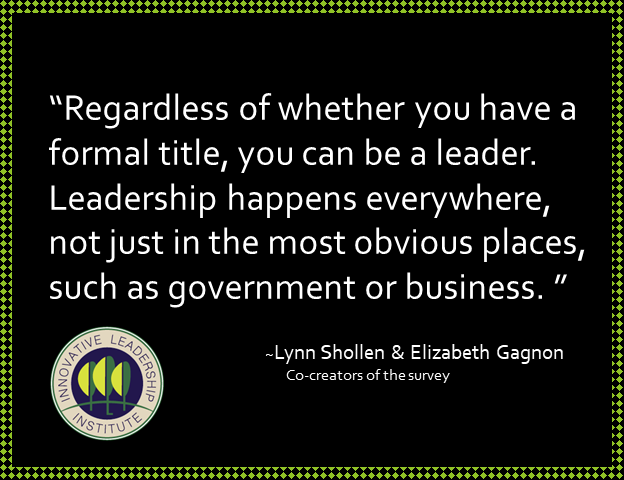 This blog is provided by Lynn Shollen and Elizabeth Gagnon of Christopher Newport University in Newport News, Virginia. It is a description of the top-line findings of a survey about leadership that they conducted last year. You can read much more about the project
This blog is provided by Lynn Shollen and Elizabeth Gagnon of Christopher Newport University in Newport News, Virginia. It is a description of the top-line findings of a survey about leadership that they conducted last year. You can read much more about the project 
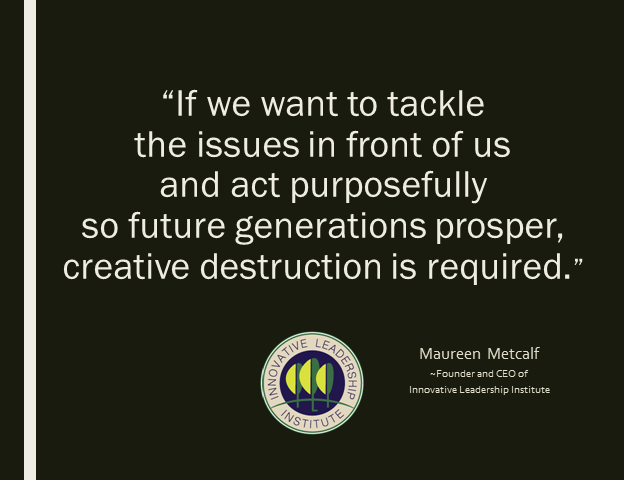

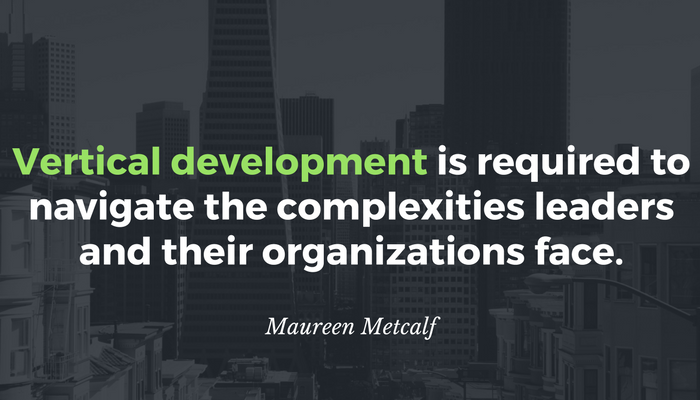 This post is a companion to the podcast featuring
This post is a companion to the podcast featuring 